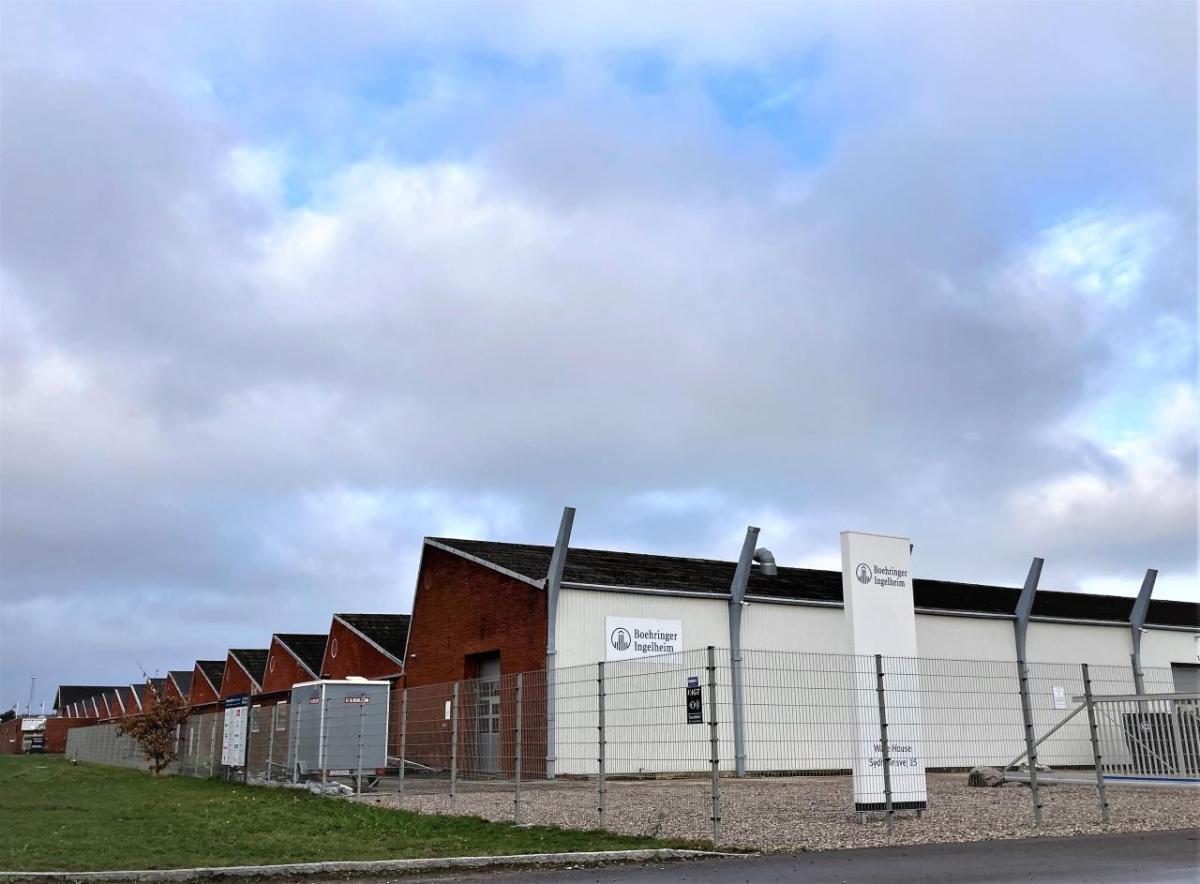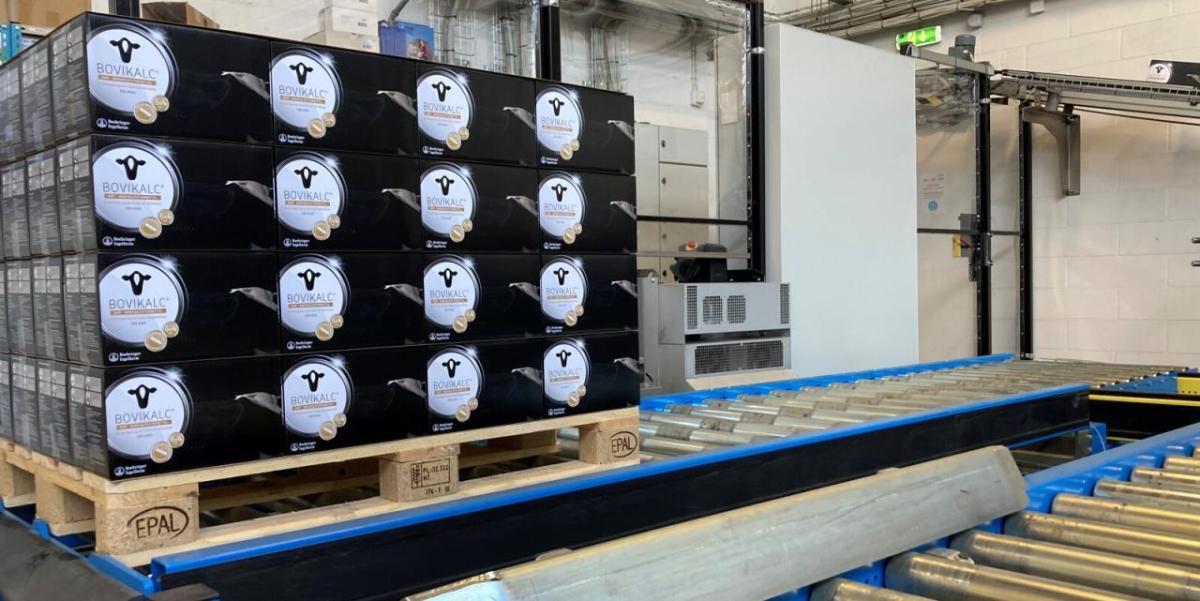Boehringer Ingelheim: Promoting Production Circularity With a Powerful Partnership in Denmark
“One man’s trash is another man’s cash.” Do you know this saying? Well, take the statement to a higher level and add an industrial, private-public set-up: then you will get an idea of what the Kalundborg Symbiosis is. The Boehringer Ingelheim Animal Health Denmark production site is now part of this partnership to promote sustainability and a more circular approach to production.
In the Kalundborg Symbiosis, the city’s biggest industrial companies work together across sectors to share excess energy, water, and materials, so less goes to waste. As public and private companies are physically connected, one company’s surplus of resources adds value to another. Today, more than 20 different streams of excess resources flow between the companies, creating a symbiosis of resource exchange, adding more resilience and profit to the partners.
As a local industrial player in Kalundborg, our production site Boehringer Ingelheim Animal Health Denmark is an important partner for the Kalundborg Symbiosis. The symbiosis is a partnership between public and private companies aiming to use fewer resources and take a more circular approach to production.
While Kalundborg is located in a small corner of West Zealand, about 90 minutes’ drive from Copenhagen, the symbiosis is a globally inspiring example of ways to achieve more sustainability. Established in 1972, the symbiosis offers 50 years of experience.
Saving money and minimizing waste
Ole Jørgensen, Site Director, Boehringer Ingelheim Animal Health Denmark, explains why we are joining the partnership: “Together with the leadership team, I’m thrilled that we are now part of Kalundborg Symbiosis. It does make sense to be in a local partnership, where we can share and reuse resources, thus saving both money and minimizing waste. Another pleasing point is that we can tap into a professional network in the field of sustainability to connect even better with key profiles in our local community. This also allows us to become more visible to new potential employees and business partners.”
Sharing excess water, energy, and materials
Including Boehringer, the Kalundborg Symbiosis now has 20 public and private companies (status: 2024). All follow the main principle of the Symbiosis: one partner’s waste becomes another partner’s resource. Collaboration and knowledge sharing is key. “Joining the Symbiosis allows us to work together with other companies across sectors to share excess energy, water, and materials, so waste is minimized. It is a tangible example of how we in Denmark are striving to be more sustainable and recycle resources, and thus implement our sustainability strategy,” Jørgensen says, adding, “We are motivated to become more green and to recycle as many resources as possible – and the Symbiosis aligns with this ambition.”
A true win-win situation
Currently, there is one specific type of waste from discarded Bovikalc (an oral calcium supplement for dairy cows) that can possibly be absorbed in another company’s raw material – or used in fertilization. “For obvious reasons, it is meaningful to let others benefit from our waste instead of paying a fee to the local environmental authorities for getting rid of production waste materials,” Jørgensen explains. “The circular approach is a greener and better way of production.” Boehringer is aiming to become carbon neutral in company operations by 2030 by reducing and minimizing emissions, a goal that is shared with the Kalundborg Symbiosis.
-----
Find out more about Boehringer Ingelheim's global sustainability initiatives, ranging from creating more sustainable healthcare solutions and community engagement with impact to environmental stewardship in Imagine: our sustainability story hub.
-----




